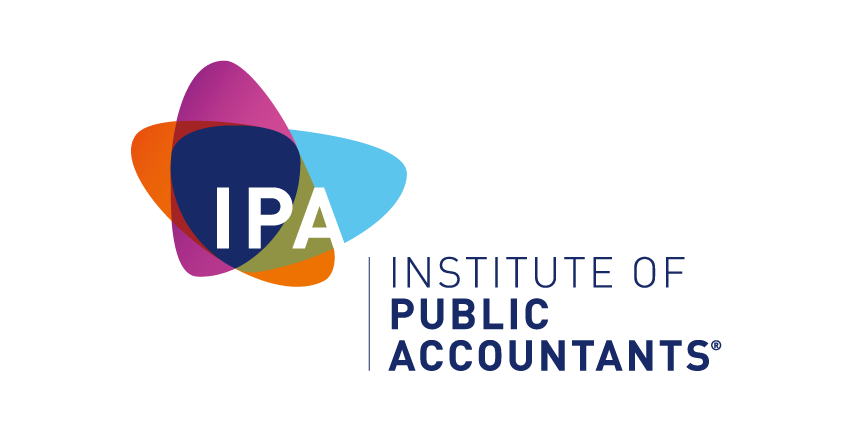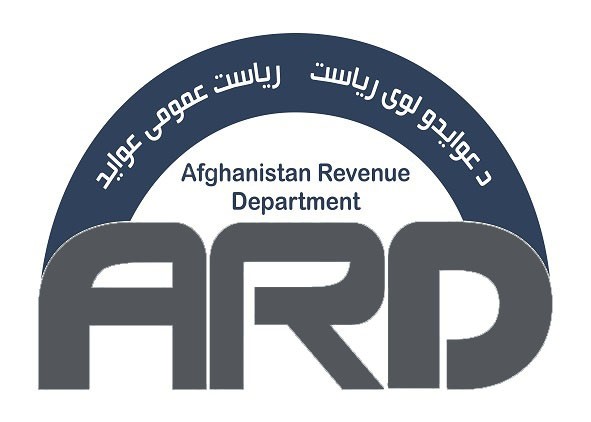Welcome to Fanoos Accounting Services (FAS) – Your Trusted Financial Partner
Are you looking for reliable, professional, and expert accounting solutions? Fanoos Accounting Services (FAS) is your trusted partner for financial management, bookkeeping, auditing, and tax consulting. With years of experience in the Afghan market and international expertise, we help businesses streamline their finances with accuracy and efficiency.
Why Choose Fanoos Accounting Services?
✔ Expertise & Experience: Our team consists of skilled professionals with deep knowledge of financial regulations and industry standards.
✔ Comprehensive Accounting Solutions: From bookkeeping to financial analysis, we cover everything your business needs.
✔ Technology-Driven Services: We leverage modern accounting tools like QuickBooks, Keeper, and Dext for efficient financial management.
✔ Outsourced Accounting for Global Firms: We offer outsourced bookkeeping services for firms in Australia, Canada, the USA, and the UK to help them review and improve financial records.
Our Services
📊 Bookkeeping & Financial Reporting
Accurate financial records are key to business success. We offer error-free bookkeeping with monthly reports to help you make informed decisions.
🧾 Tax Consulting & Compliance
We ensure your business complies with local and international tax laws, maximizing deductions and minimizing liabilities.
📈 Audit & Financial Review
Our independent auditing services enhance financial transparency and accountability.
💼 Payroll Management
Save time and avoid payroll errors with our automated payroll processing and compliance solutions.
🌍 Outsourced Accounting for Global Clients
Are you an accounting firm in Australia, Canada, the USA, or the UK? Partner with us to review your clients’ QuickBooks files using Keeper & Dext, ensuring 100% financial accuracy.
Innovative Solutions for Modern Businesses
At Fanoos Accounting Services, we integrate advanced AI-driven accounting solutions like Keeper and Dext to automate transaction reviews and ensure error-free bookkeeping. Whether you are a small business or a multinational firm, our expertise ensures smooth financial operations and regulatory compliance.
Join the Fanoos Accounting Community
🔹 Follow Our Blog: Stay updated with expert insights on financial trends, tax policies, and accounting strategies.
🔹 Sign Up for Our Webinars: Learn from industry experts about modern accounting practices.
🔹 Connect with Us on Social Media: Get daily financial tips and updates on LinkedIn, Facebook, and Twitter.
📞 Need a consultation? Contact us today!
📍 Visit us: Fanoos Accounting Services
📧 Email: info@fanoosaccounting.com
📞 Call: +93 0799764533
Boost Your Business with Fanoos Accounting Services!
🔹 Accurate. Reliable. Professional.
🔹 Let’s take your finances to the next level.



































